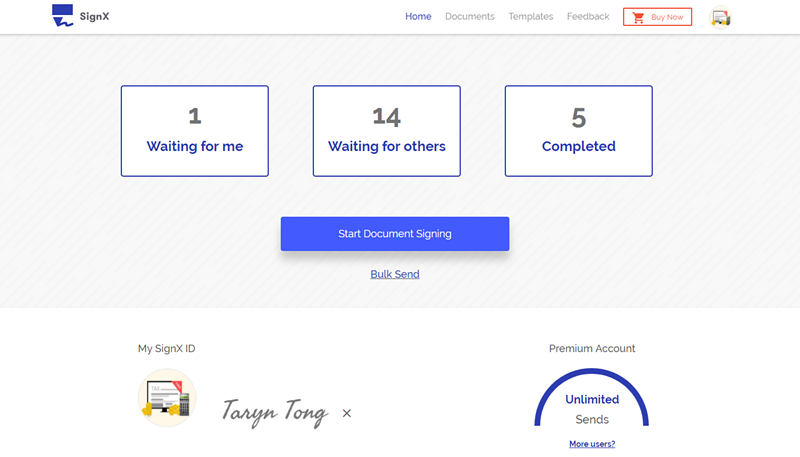A contract is a legally binding agreement between two or more parties. Whether written or in oral format, a contract needs to have an agreement format that is standard and acceptable by both parties in order for it to be binding in a court of law. The formation of contract must follow a distinct path that begins with an offer and acceptance. Here, we trace this path and seek to explain what aspects of a contract make it legal and binding.
Part 1 Introduction to Agreement Format and Contract Format
An agreement format refers to the formulation of the contract document itself and the various aspects that will be included in the document. These may refer to certain components that include stipulations for the offer and the details of it, the date of the contract, the name of the contract and the names of the entities or individuals entering into the agreement. It is the details (the nuts and bolts) of a written contract as it's laid down in the document and may vary little from one type of contract to another.
The contract format on the other hand refers to the aspects of the agreement that make it binding. Depending on the type of contract that the parties are entering into, the contract format may change. But most contracts include details of the offer and acceptance of the offer as well as the consideration. Some contracts will even include conditional acceptance details which is a condition placed on the acceptance that will not be legally binding. Other contracts may stipulate the payment details if it is a purchase contract. Others may even include an option to extend the contract in the future. The contract format therefore, differs from an agreement format in that its content is rigid but may have additions that are specific to the agreement.
Part 2 Formation of Contract
The formation of a contract often begins with an agreement that consists if an offer an acceptance. At the very least, two parties are required for an agreement. One of them makes the offer and the other, the offeree accepts the offer. An offer becomes binding on the offeror as soon as the offeree accepts the offer.
Acceptance
Once the offer is made, the next step in the formation of a contract is acceptance. For the contract to be legally binding, the acceptance must match the offer and the offeree must accept all terms of the offer. The acceptance of an offer doesn't however come right away. Under most circumstances, negotiations will take place between the offeror and the offeree before they agree of terms. The new terms arrived at after negotiations will usually replace and cancel the original offer.
An offer is only considered accepted once the offeree communicates their acceptance to the offeror. This is usually done by some form of instant communication like a telephone call or an email. Silence will be taken as a form of non-acceptance.
Consideration
A binding contract must also have a reciprocated obligation for both parties to receive valuable consideration for upholding their side of the contract. Most contractual agreements require consideration which in simple terms is that each of the parties agree to do or refrain from doing what was agreed on.
Terms of the Contract
A contract can be written or oral. A written contract provides a better way for the parties to maintain a record of the terms. A verbal contract is very difficult to enforce since one of the parties can violate its terms and it would be difficult to prove in court. It is also important to ensure that contracts are under stipulated terms and conditions. This is to ensure there will be no problems arising when both parties say they contracted on their own terms and conditions.
Part 3 Best Tool to Sign Agreements

One of the ways both parties agree on the terms of the binding contract is to append their signatures to the document. When both parties sign the document, they are essentially saying that accept the terms of the contract. SignX is an electronic signature service that allows all parties to easily sign the contract. It begins with the originator of the contract who signs the contract themselves. The service then allows them to enter the email addresses of the other parties to sign the document. The recipients will then receive the document in their email addresses where they can proceed to sign the contract.
The signatures are all legally binding and enforceable in a court of law. The originator of the document can keep track of the signing status and the program will even send regular reminders to the other signers until the contract is signed by all parties involved.


